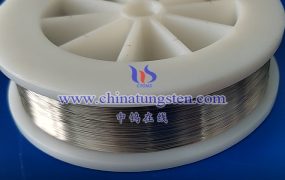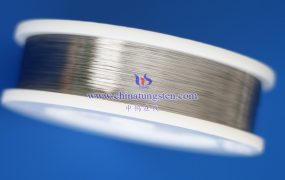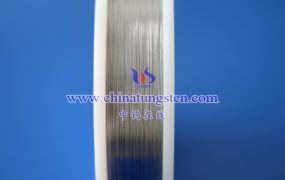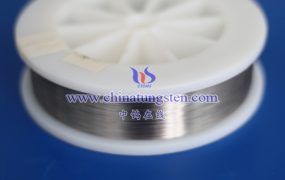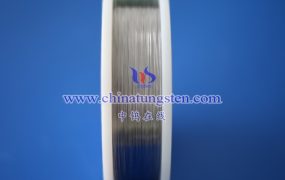The application of tungsten wires in low-voltage halogen lamps is mainly due to its unique physical and chemical properties, which enable tungsten wires to adapt to the working environment and performance requirements of low-voltage halogen lamps. The following is a detailed analysis of how tungsten wires adapt to the needs of low-voltage halogen lamps:
- High melting point and high temperature resistance
The melting point of tungsten wires is as high as 3410 degrees Celsius, which is one of the highest among all metals. This high melting point property enables tungsten wires to remain stable in the high-temperature working environment of low-voltage halogen lamps and is not easy to melt or deform. At the same time, tungsten wire also has good high temperature resistance, can maintain stable luminous performance under long-term high temperature operation, and ensure the continuous lighting of low-voltage halogen lamps.
- Good electrical conductivity and thermal conductivity
Tungsten wire has good electrical conductivity and thermal conductivity, which enables it to effectively transfer current and heat in low-voltage halogen lamps. In low-voltage halogen lamps, heat is generated when current passes through the tungsten wire, causing the tungsten wire to glow. Good electrical conductivity ensures the smooth transfer of current, while good thermal conductivity helps to dissipate heat in time to prevent the tungsten wire from overheating.
- Regeneration in the halogen cycle
In low-voltage halogen lamps, tungsten wires react chemically with halogen gases (such as iodine or bromine) to form tungsten halides and evaporate. The evaporated tungsten halides circulate inside the bulb and are redeposited on the tungsten wire when it cools down. This process is called the halogen cycle. Tungsten wire plays a key role in this cycle. It can not only react with halogen gases, but also withstand the thermal and mechanical stresses during evaporation and redeposition. This regeneration effect extends the service life of the tungsten wire and improves the reliability and stability of low-voltage halogen lamps.
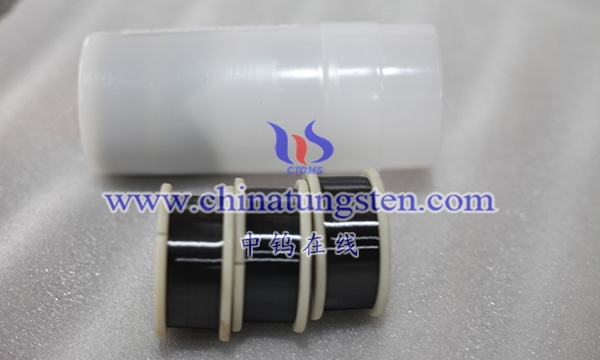
- Adapt to low-voltage environment
Although the tungsten wire itself has no special requirements for voltage, the design of low-voltage halogen lamps enables the tungsten wire to operate at a lower voltage. This reduces energy consumption and cost, and also helps to improve the safety and portability of low-voltage halogen lamps. In a low-voltage environment, the tungsten wire can still maintain stable luminous performance and meet lighting needs.
- Optimize design and manufacturing process
In order to adapt to the needs of low-voltage halogen lamps, tungsten wires also need to be processed by optimizing design and manufacturing processes. For example, the luminous efficiency and beam distribution of the tungsten wire can be improved by adjusting the diameter, length and shape of the tungsten wire. In addition, doping, alloying and other processing technologies can be used to improve the high temperature resistance, creep resistance and mechanical strength of the tungsten wire. These optimized designs and manufacturing processes help to improve the overall performance and reliability of low-voltage halogen lamps.
More details of tungsten wires, please visit website: http://tungsten.com.cn/tungsten-wires.html
Please contact CHINATUNGSTEN for inquiry and order of tungsten needles:
Email: sales@chinatungsten.com
Tel.: +86 592 5129595

